The Garden has been alive with colorful and lush green flora for almost 25 years.
With their backs craned over flowerbeds and their hands immersed in soil, our horticulturists, volunteers, donors and garden designers have been incredibly influential in creating and organizing different parts of the Garden during that time.
As a result, our blooms have garnered local and national recognition and welcomed numerous groups from around Wisconsin and the U.S. There are several collections at the Garden that have inspired the connection between plants and people, but here are six that have planted a special seed in the hearts of many visitors.
Spring: Magnolias
The Garden is home to 175 magnolias. In 2018, it was officially recognized as an American Public Gardens Association (The Association) Magnolia Multisite Nationally Accredited Plant Collection™, which is the only Plant Collections Network collection in the state of Wisconsin! A majority of our magnolia varieties resulted from the breeding work of Dennis Ledvina (1939–2015) who was a local magnolia hybridizer. He created magnolias with unique characteristics, such as incorporating later bloom times in order to reduce the impact of late spring frosts, extending the magnolia bloom period and increasing the diversity of the bloom’s color and form.
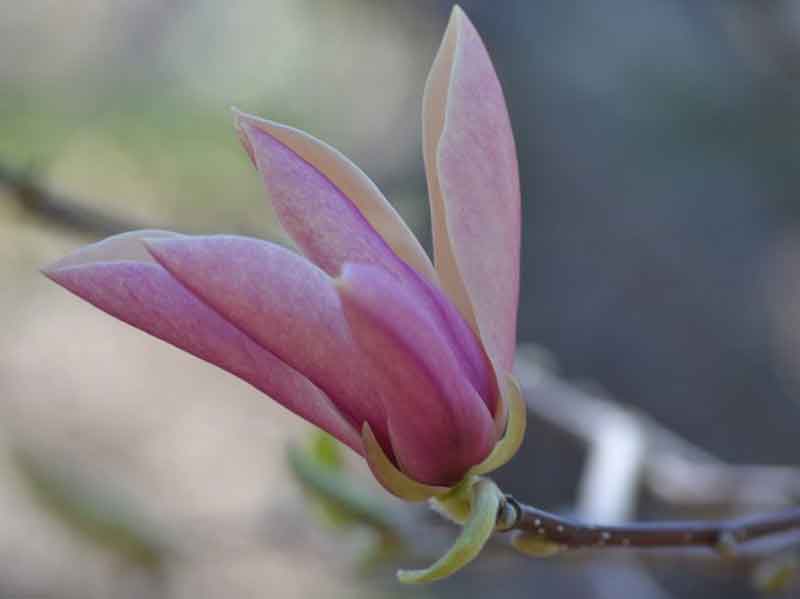

Ryan Hammes, Horticulturist, compiled all of the data required for the application to become an American Public Gardens Association Magnolia Multisite, which involved pulling each magnolia from our database and gathering specific information about it.
“Our collection is unique as it features outstanding bloom colors and over ten unique specimens not found in any other collection accredited by The Association,” he says.
Summer/Fall: Hostas
A hosta collection must be educational, significantly large, constantly maintained and appropriately labeled, among several other criteria, in order to earn the designation of an American Hosta Society Display Garden. With 1,752 hosta plants, the Garden’s hosta collection has achieved this national status. When the 51st annual American Hosta Society Convention was held in Green Bay during the summer of 2019, we even had the opportunity to welcome members of the American Hosta Society to see our collection.
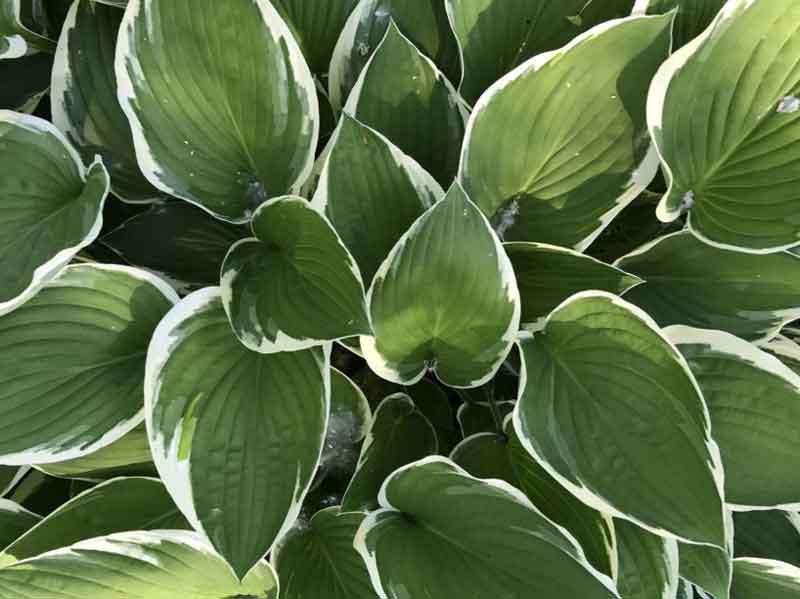

Margaret Carriveau, who leads the maintenance of the Green & Gold Hosta Society’s display bed located near the Fischer Visitor Center, says the group started planting the bed in 1999 and it’s been consistently updated since then.
“The Green & Gold Hosta Society maintains the garden throughout the growing season, making changes and additions to maintain the interest of the public,”
Carriveau says. “Personally, I enjoy the creativity and results of the effort to please others.”
Year-Round: Conifers
Our Arendt Conifer Garden is only one of two reference gardens in the state of Wisconsin! To become a reference garden with the American Conifer Society, there are several requirements that a collection must satisfy. These include educating gardeners about growing conifers, demonstrating how to use conifers in home landscapes and gardens, and introducing new varieties of conifers to gardeners. The Garden has an overall count of more than 2,000 conifers that come in a wide variety of shapes and sizes.
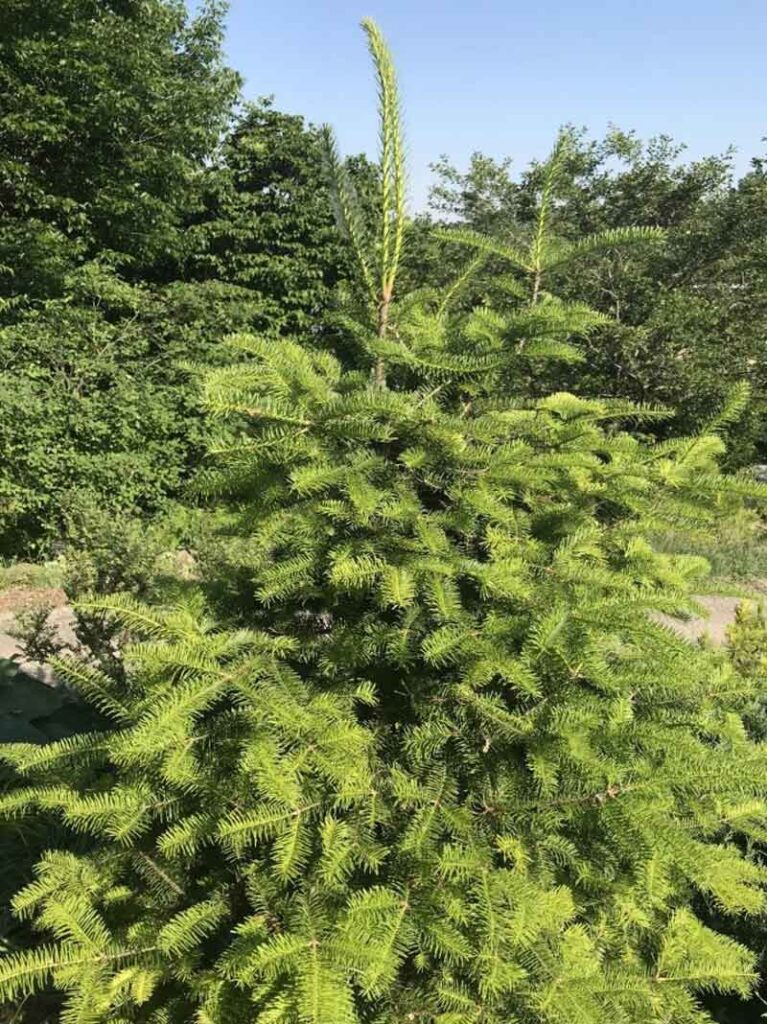

The Arendt Conifer Garden, specifically, is funded and maintained with donations from long–time members, Gene and Betty Arendt.
Gene is even here multiple days a week during the year to check on the conifers and voluntarily take care of some garden maintenance tasks himself.
Early Summer/Early Fall: Roses
The 956 rose plants we have at the Garden are both natural and hybridized. Years of hybridization allows these roses to have recurring flowers and a wider color range. We have an American Rose Trial for Sustainability™ Trial Garden, which means the roses are bred in hopes of being more resilient; disease-resistant; drought, heat and cold tolerant; and soil and nutrient adaptable.
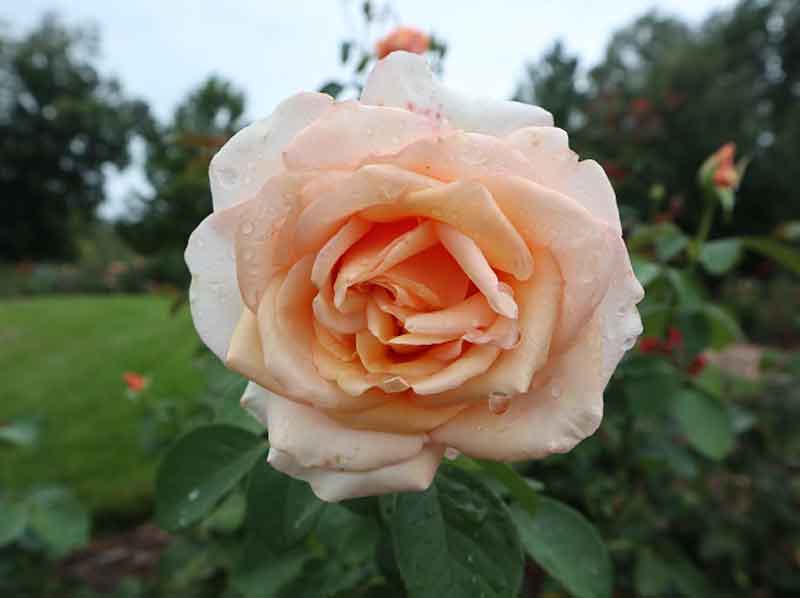

Our Lux Foundation Upper Rose Garden is funded and maintained with help from the N.E.W. Rose Society. Lee Hansen, one of the charter members, says the group has been involved with roses at the Garden since 1996, when we officially opened our doors to the public.
“Our group, on a weekly basis, has been deadheading the roses and doing other things to keep them looking good,” Hansen says. “It means a lot that when one of our members is there in the Garden doing their weekly work, we get to answer questions from visitors.”
Mid-Summer/July: Daylilies
More than 200 of our daylilies are a part of an American Hemerocallis Society Display Garden, which educates visitors about modern daylilies and informs people about how to effectively use them in landscapes. “Hemerocallis” is the Latin name for daylily, which means “flowers lasting only one day.” Although it’s true that each blossom of a daylily only survives for a day, our appreciation for these beautiful plants lives long past that. In total, the Garden has 846 daylily plants.
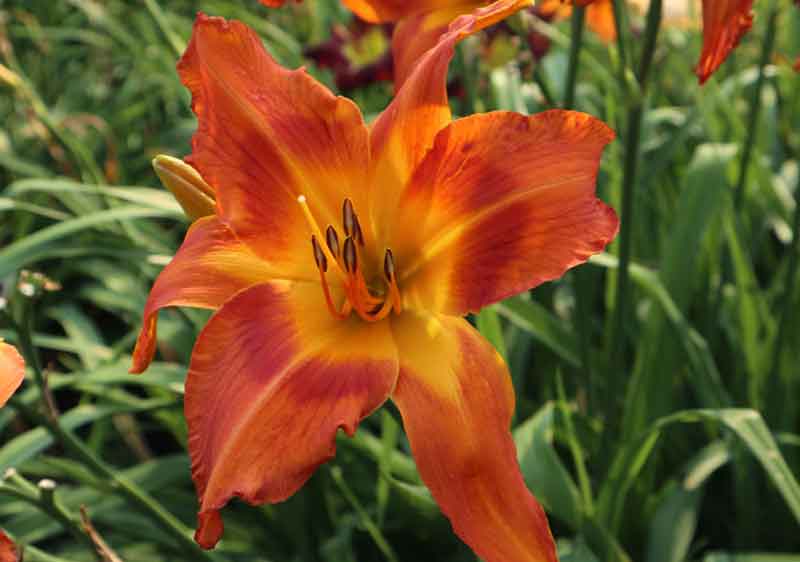

Terry Vertz, President of Bay Area Daylily Buds, says the organization plants and maintains the daylily beds at the Garden. Each spring, B.A.D. Buds replaces about 20 old daylily plants with more recently introduced varieties, in addition to other unique forms and colors.
“Daylilies show off a rich variety of color, patterns, forms and sizes,” Vertz says. “The flower types include minis, doubles, spiders and unusual forms. There are thousands of cultivars to pick from, so have fun looking for the ones you like!”
Summer: Lilies
Unlike daylilies, which have dense root systems, lilies are grown from bulbs and have large, outward–facing flowers. Dennis Ledvina (1939–2015), who helped start our magnolia collection, was also interested in oriental lilies because of his love for fragrant flowers. According to Mark Konlock, Director of Horticulture, Ledvina also liked orienpets, which are an oriental lily crossed with a trumpet lily. Konlock says the orienpets have hybrid vigor, so they grow faster, taller and larger.


“The interesting thing about the orienpet lily is we would plant them quite deep so that they could develop stem roots along the stalk. As they came up, that anchored them and then they didn’t have to be staked, even though they grew very tall,” Konlock says. “Dennis imported many of them from the U.K. and that was kind of cool because it makes our collection somewhat unique.”
This article originally appeared in the 2020 September-December Newsletter.



